Louis Valtat (1869-1952)
Get a Louis Valtat (1869-1952) Certificate of Authenticity for your painting (COA) for your Louis Valtat (1869-1952) drawing.
For all your Louis Valtat (1869-1952) artworks you need a Certificate of Authenticity (COA) in order to sell, to insure or to donate for a tax deduction.
Getting a Louis Valtat (1869-1952) Certificate of Authenticity (COA) is easy. Just send us photos and dimensions and tell us what you know about the origin or history of your Louis Valtat (1869-1952) painting or drawing.
If you want to sell your Louis Valtat (1869-1952) painting or drawing use our selling services. We offer Louis Valtat (1869-1952) selling help, selling advice, private treaty sales and full brokerage.
We have been authenticating Louis Valtat (1869-1952) and issuing certificates of authenticity since 2002. We are recognized Louis Valtat (1869-1952) experts and Louis Valtat (1869-1952) certified appraisers. We issue COAs and appraisals for all Louis Valtat (1869-1952) artworks.
Our Louis Valtat (1869-1952) paintings and drawings authentications are accepted and respected worldwide.
Each COA is backed by in-depth research and analysis authentication reports.
The Louis Valtat (1869-1952) certificates of authenticity we issue are based on solid, reliable and fully referenced art investigations, authentication research, analytical work and forensic studies.
We are available to examine your Louis Valtat (1869-1952) painting or drawing anywhere in the world.
You will generally receive your certificates of authenticity and authentication report within two weeks. Some complicated cases with difficult to research Louis Valtat (1869-1952) paintings or drawings take longer.
Our clients include Louis Valtat (1869-1952) collectors, investors, tax authorities, insurance adjusters, appraisers, valuers, auctioneers, Federal agencies and many law firms.
We perform Louis Valtat art authentication, appraisal, certificates of authenticity (COA) analysis, research, scientific tests, full art authentications. We will help you sell your Louis Valtat or we will sell it for you.
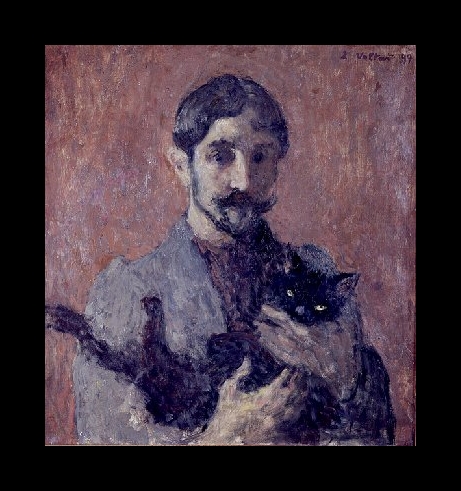
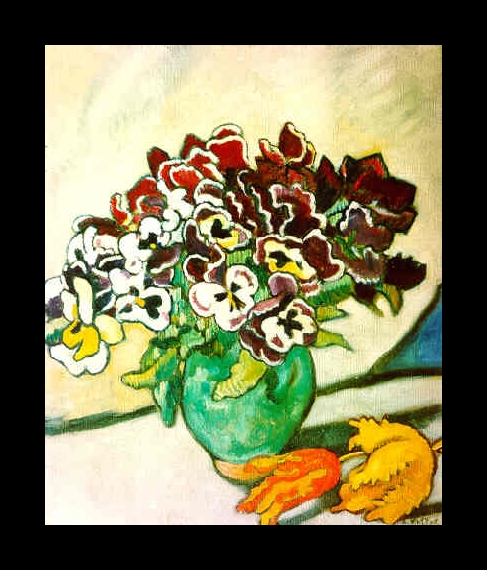
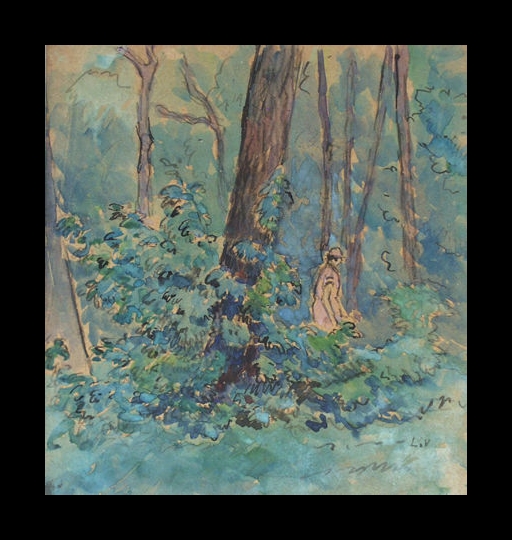
Louis Valtat was a French Post-Impressionist painter born in Dieppe and raised near Versailles. His style was very expressive, and some art critics have compared him to fellow painter Vincent van Gogh. Some art historians attribute the early ideas of Fauvism to Valtat whose style was ahead of his time. At 17, Valtat enrolled in the Ecole des Beaux Arts and also attended the Academie Julian. It was at Julian that Valtat met and became friends with fellow artists Pierre Bonnard and Albert Andre.

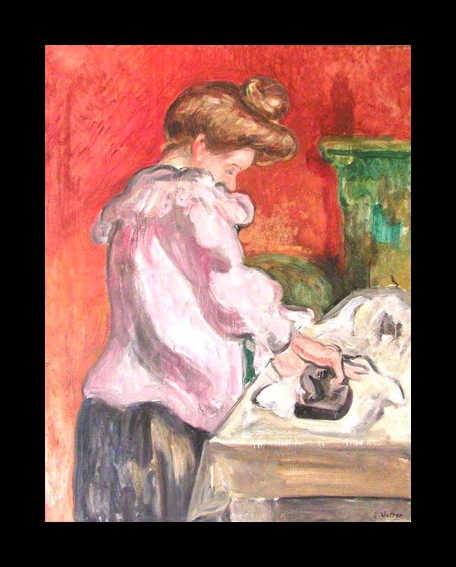
By 1890, Valtat had his own workshop in Paris and participated in the salons for the first time in 1893. The following year, Valtat worked alongside Toulouse-Lautrec creating theater scenery. During this time, he was also creating engravings which were exhibited with his paintings at the Salon des Cent. Valtat eventually became known for his city scenes, still life paintings and landscapes.
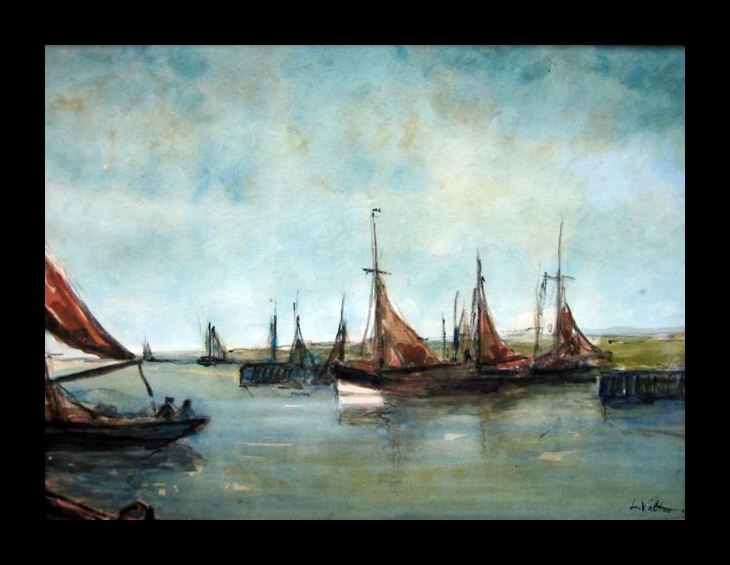
Valtat traveled often, making several trips to Spain. He also suffered from consumption, which required him to travel abroad often to seek medical attention. One of his most frequently visited places was Arcachon, France, a popular location among those suffering from ailments. While he recuperated there, Valtat continued to paint and created striking landscapes in bold colors. These paintings created by Valtat in 1895 would be a precursor to Fauvism and were shocking to the art community.
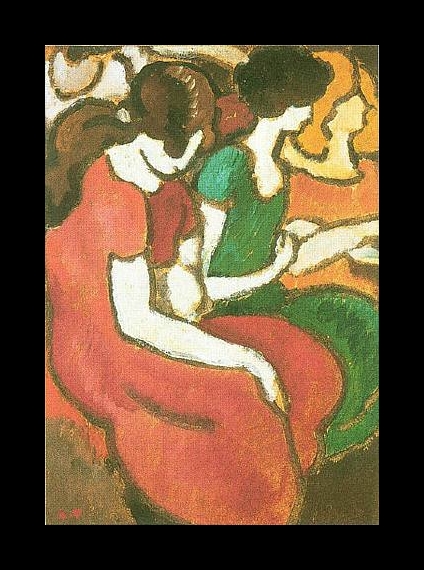

These early Fauve landscapes were ten years ahead of the movement, which was still a shock to art critics and appreciators when it came into popularity in 1905. Though he would later be wrongly labeled a “Fauve” painter along with Derain and Manguin when they unveiled their scandalous pieces at the 1905 Salon d’Automne, Valtat did not necessarily associate himself with the group.
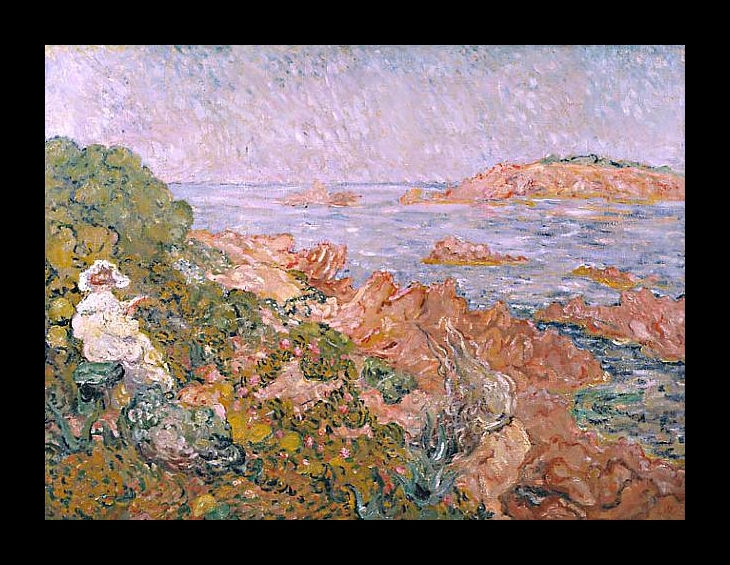

He continued to travel throughout France for much of his career, frequenting locations like Antheor and Agay, a small fishing village. Durin the turn of the century, Valtat and his wife, Suzanne, would bike across the countryside, sometimes to visit his friend August Renoir. He would also visit Paul Signac when he lived in Saint Tropez, and created sketches and paint portraits of his wife and his artist friends during this time.


though Valtat was living far from Paris, he was not totally removed from the art community. He managed to exhibit his work in Brussels in 1900, in Vienna in 1903 and later in Moscow, Berlin, Dresde, Budapest and Praha. He was a fairly prolific and successful artist, finding a number of collectors and patrons during his lifetime. Most notably was a friend of Renoir’s, Amboise Vollard, who bought nearly his entire collection during the first decade of the 1900’s and later acted as his dealer. After that, he made an impression on Russian collector Ivan Morossov who purchased several of his paintings through Vollard.

During the spring and summer months, Valtat typically liked to be near the seaside, particularly in Normandy. When he wasn’t roaming about, Valtat and his wife lived with his parents in Versailles. However, by 1924 he bought a home in Choisel where he was finally able to have a garden. Valtat was very proud of his garden and often showcased his various fruits,vegetables and flowers in his later compositions.

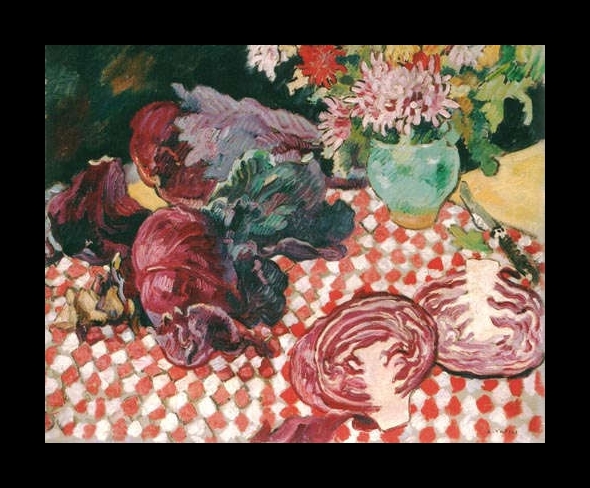
In 1927, Valtat was made a chevalier of the Legion d’Honneur. By 1940, his eyesight was failing terribly due to glaucoma, and he rarely left his workshop. Therefore, he created fewer pieces from 1940 on, and his last known work was dated 1948. He again exhibited his work with the Fauves a year before his death in 1951 at the Modern Art National Museum in Paris.
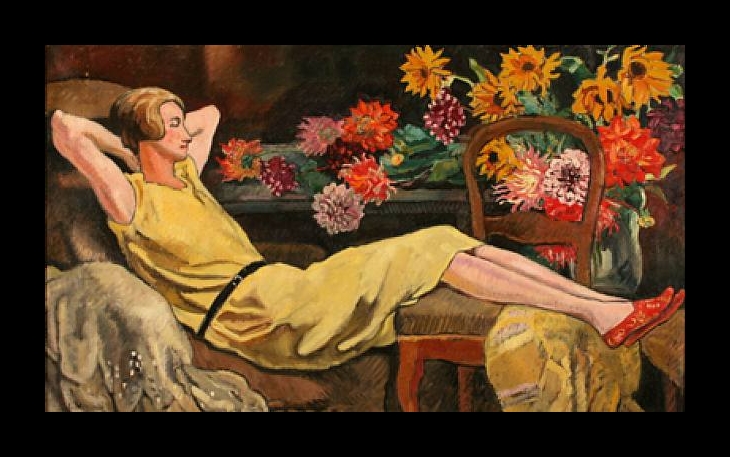
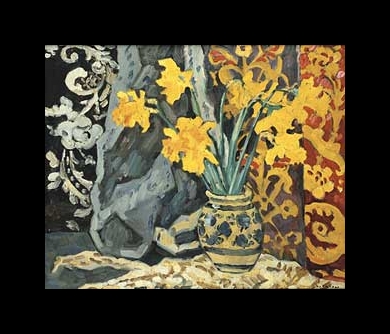
Reviews
1,217 global ratings
5 Star
4 Star
3 Star
2 Star
1 Star
Your evaluation is very important to us. Thank you.
